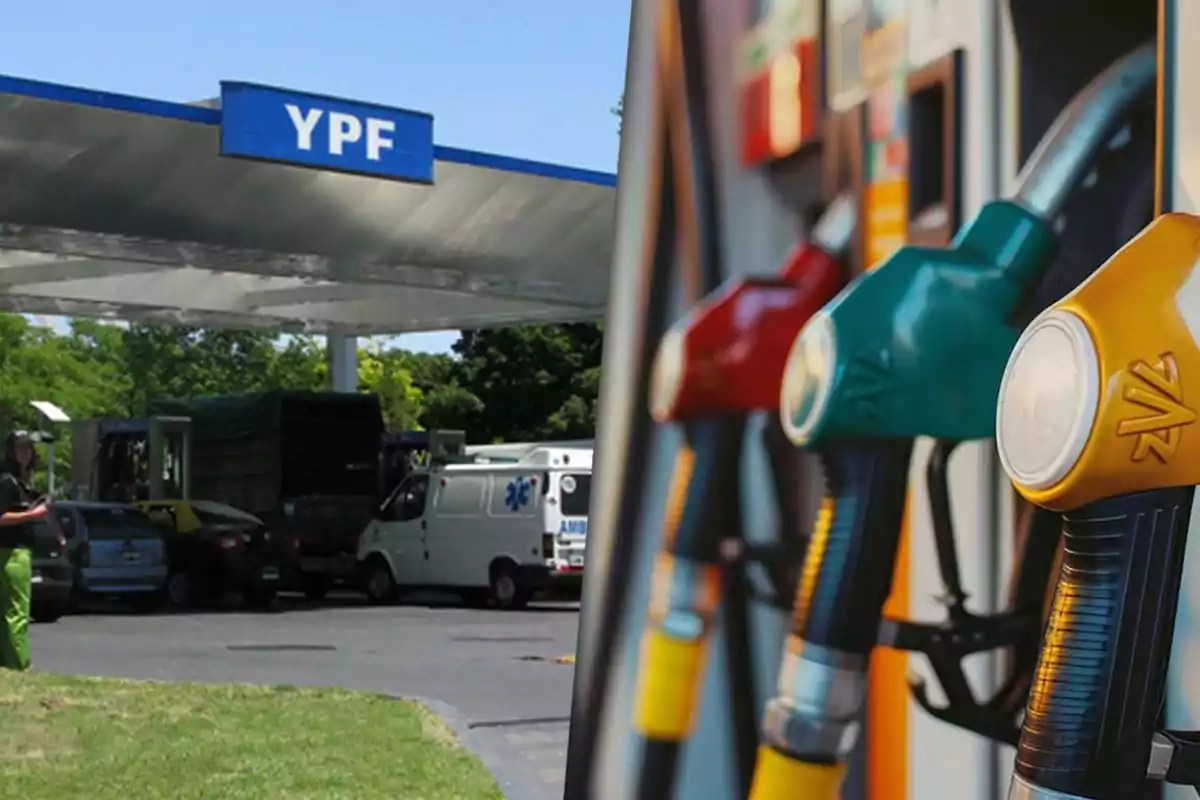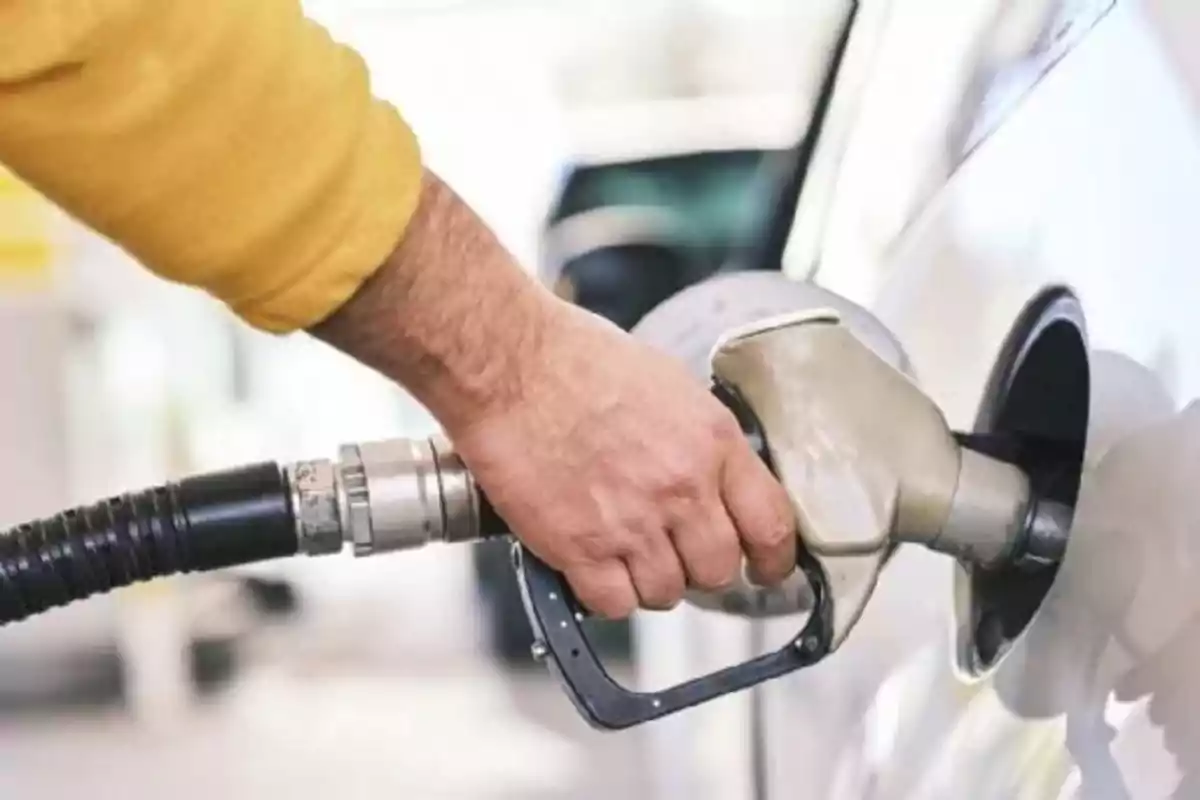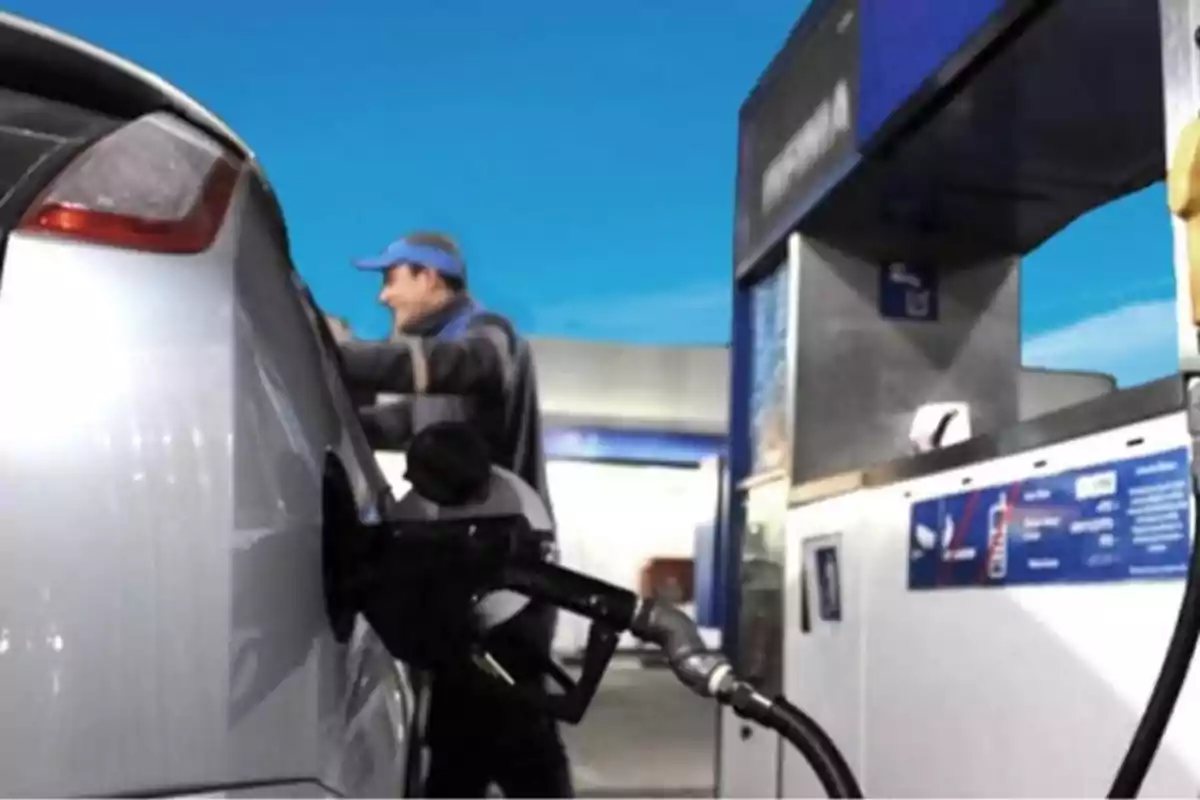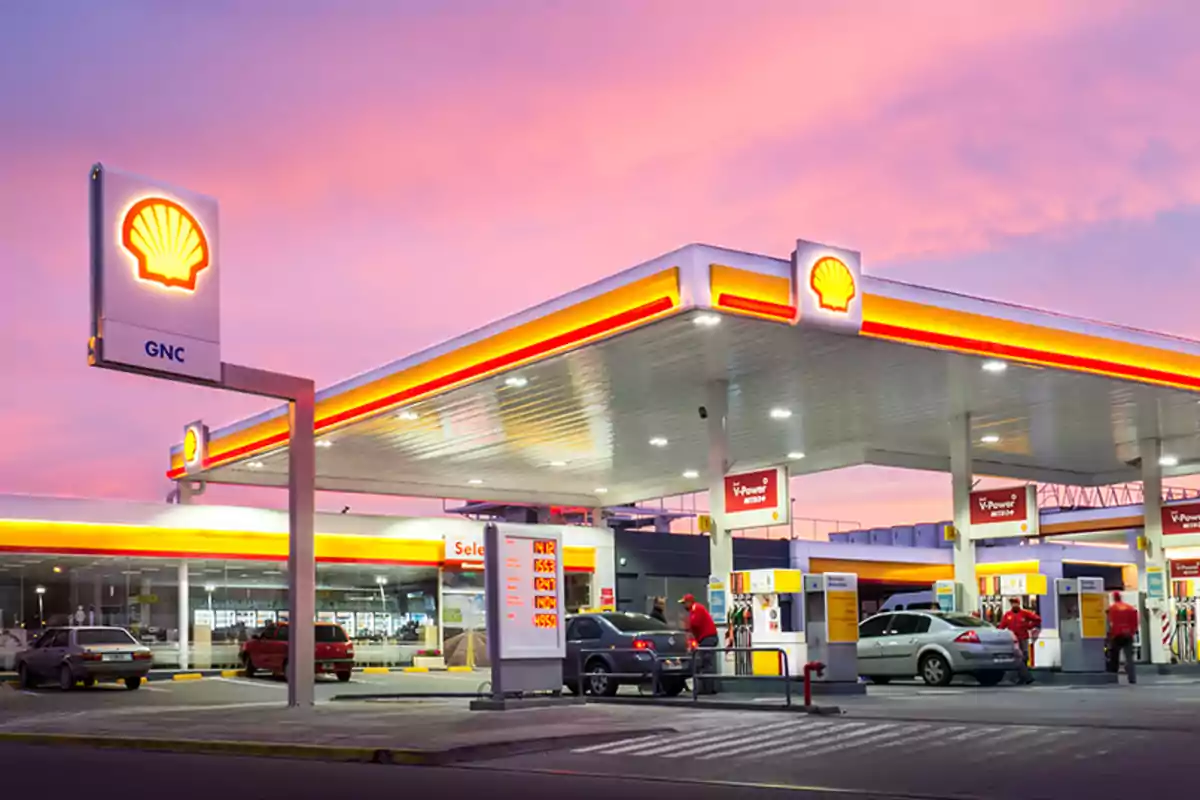
Self-service is now in effect at stations: how to use it and what changes
The Government regulated the self-service fuel system at stations across the country
The Secretariat of Energy published Resolution 147/2025, which regulates self-service fuel dispensing throughout the country. This measure aligns with the deregulation of the sector, driven by Decree 46/25.
The system will allow stations to offer a new modality, where the customer directly operates the pump. Each operator can choose whether to adopt the scheme exclusively or combined with the traditional model.

How the user experience will be step by step
Upon entering a station with this modality, the driver will see visible signs indicating the self-service option. At the island, he will need to get out of the vehicle and approach an interactive totem.
There he can choose between:
- Filling the tank.
- Loading a specific amount of liters.
- Entering a fixed amount in pesos.
He will then select the type of fuel (gasoline or diesel, in their super or premium versions). After confirming the option, the pump will be enabled to start the load.

Payment options
Payment can be made with a credit or debit card, QR code, or cash. If paying in cash, it will be necessary for an operator to approach to complete the transaction.
What modalities are allowed?
The regulation contemplates three formats:
- Exclusive: only self-service, with mandatory presence of trained personnel.
- Simultaneous mixed: traditional and self-service pumps coexist.
- Alternating mixed: models alternate according to time slots.

The mixed scheme could even allow differentiated prices to encourage its use, which could directly benefit the consumer.
Mandatory safety conditions
Stations must comply with Decree 2407/83 and other technical requirements. Among the key points, it highlights:
- Clear signage about the use of cell phones and the obligation to turn off the engine and lights.
- Nozzle locks, "break away" systems, and automatic shut-off valves.
- Mechanisms that stop the load if the nozzle is not properly inserted.
- Gloves, disposable paper, and appropriate bins for disposal.
- Buttons or lights to request assistance from the forecourt.
If the modality is exclusively self-service, a control booth with full visibility of the operation will be required. In mixed models, trained personnel on the forecourt will suffice.

Restrictions
- Self-service is not allowed for filling jerry cans or trailers.
- During the unloading of tanker trucks, the service must be interrupted.
- Minors can't operate the pumps unless they have a driver's license.
Supervision, controls, and priority of attention
Operators must have systems to activate or stop pumps from the booth without cutting all power. They must also assist with priority to:
- People with reduced mobility.
- Pregnant women.
- Adults with children or pets on board.

The supervision of the system will be the responsibility of the Secretariat of Energy. Stations and auditing entities may be sanctioned for non-compliance.
More posts: